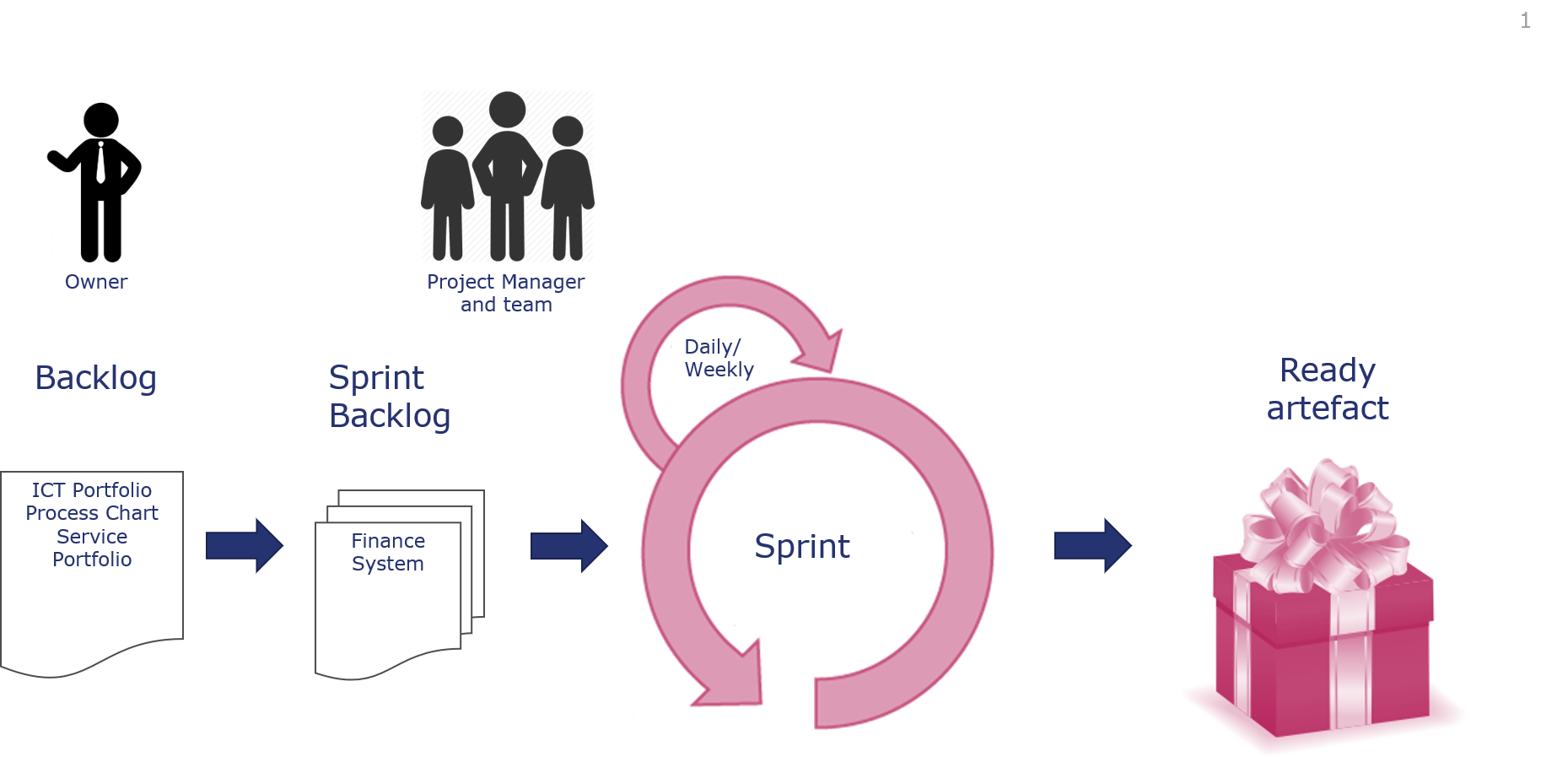

Add agility to enterprise architecture
Kirjoittaja:
Agile methods and enterprise architecture
Agile enterprise architecture creates an organized and structured way of work, and builds common ways of working within the organization. In fact, agile methods familiar from software development are no strangers to enterprise architecture. Who hasn’t done agile POCs, leaned waste out of system maps, or tracked the development of work with Kanban boards?
Who hasn’t done agile POCs, leaned waste out of system maps, or tracked the development of work with Kanban boards?
Arter’s enterprise architecture services have provided agile efforts before: for example, data protection documentation, cyber security, and services have been put in place. In the future, we will also offer more long-term enterprise architecture development, where utilizing Scrum methods is possible.
Despite their name, agile methods are not wild and free. For example, the implementation of Scrum requires a certain amount of discipline. Agility, therefore, is not as much about immediately defining and pursuing a complete entity, as about forming functional sub-entities. Instead of accumulating errors over time as an unsatisfactory end product, Scrum either corrects the errors by rebuilding the failed sub-entity or rewards by providing ready to deploy implementations at the end of the sprint.
Defining roles to support success
For Scrum to succeed, certain roles must be defined within the organization. Enterprise architecture must have an owner, who is responsible for the content and prioritization of the backlog.
The backlog is formed by the needs and requirements that stakeholders place on the enterprise architecture. The owner has to make decisions about the direction in which the enterprise architecture will be developed. An executive team responsible for the tasks taken to the sprint must be assigned.
In the sprint planning meeting, these tasks will become a sprint backlog in which the entire team commits to. The project manager acts as a Scrum Master and makes sure that the team gets things done in practice, by scheduling meetings and sharing tasks when needed.

During a sprint, it is recommended to keep things up to date with a weekly report to see where things are going and if there are any problems. Possible problems are then solved with the help of the Scrum Master. Finally, at the end of the sprint, the team will have a review meeting, where the owner of the enterprise architecture ensures of the correct implementation and quality.
Occasionally, the stakeholders who need and use enterprise architecture implementations in their work should also be invited to the reviews. It is also good to have regular retrospectives that develop practices: what went well and where can we improve?
Why do we at Arter want to help implement more agile enterprise architecture?
- An enterprise architecture team will be formed and it will find its own responsibilities.
- Work will be organized and structured, forming common ways of working within the organization.
- Joint development work will determine the appropriate level of implementation, and the way enterprise architecture is depicted will be standardized.
- During the sprints, the team commits to the work, things will get done, and the sprints will end with ready-to-use sub-entities.
- The customer will get the most out of the consultant, when his/her primary focus is in the substance rather than work routines.
Lue lisää
-
 Published on:
Published on: -
 Published on:
Published on:Documenting processes with The 3-page technique
-
 Published on:
Published on:What is quality management with IMS software?